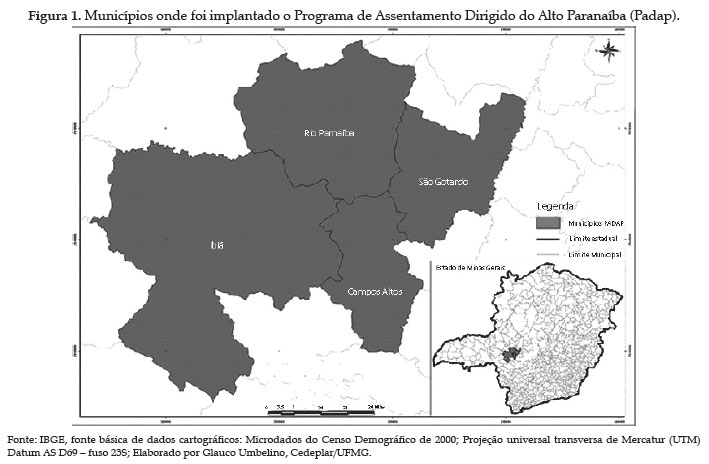Building on theories of frontier development and the livelihood approach, this paper illustrates the settlement process and land use dynamics of the Brazilian Cerrado, highlighting the importance of migration, agricultural unions and the government in contributing to the success of a settlement area towards capital intensification. To illustrate this process with a case study, we conducted a survey with the original settlers in the area assigned to the Programa de Assentamento Dirigido do Alto Paranaíba (PADAP) during 2008 and 2009. Results suggest that the second generation seeks urban employment and education, with rural-urban migration becoming a key component of the recent frontier dynamics. The hollowing out of the frontier, induced by the second generation outmigration, seems to work as an incentive, rather than a labor constraint. With a successful combination of government provision of technical assistance and subsidized credit by Cotia Agricultural Union, smallholders were able to adopt capital-intensive technologies and experiment with new and more profitable crops, yielding higher agricultural payoffs. Following other studies working with frontier dynamics elsewhere, this article contributes to the literature by combining theories of economics and spatial geography along with frontier development frameworks to understand land use dynamics in Padap.
Cerrado region in Brazil; Padap; frontier theories; agriculture; rural households; livelihood approach

